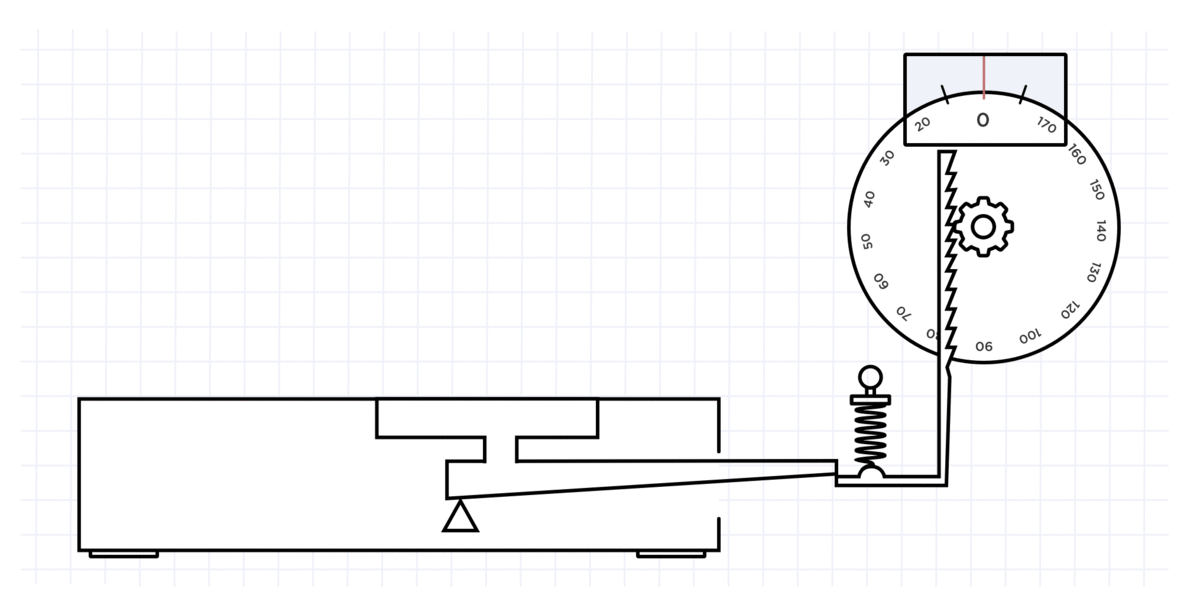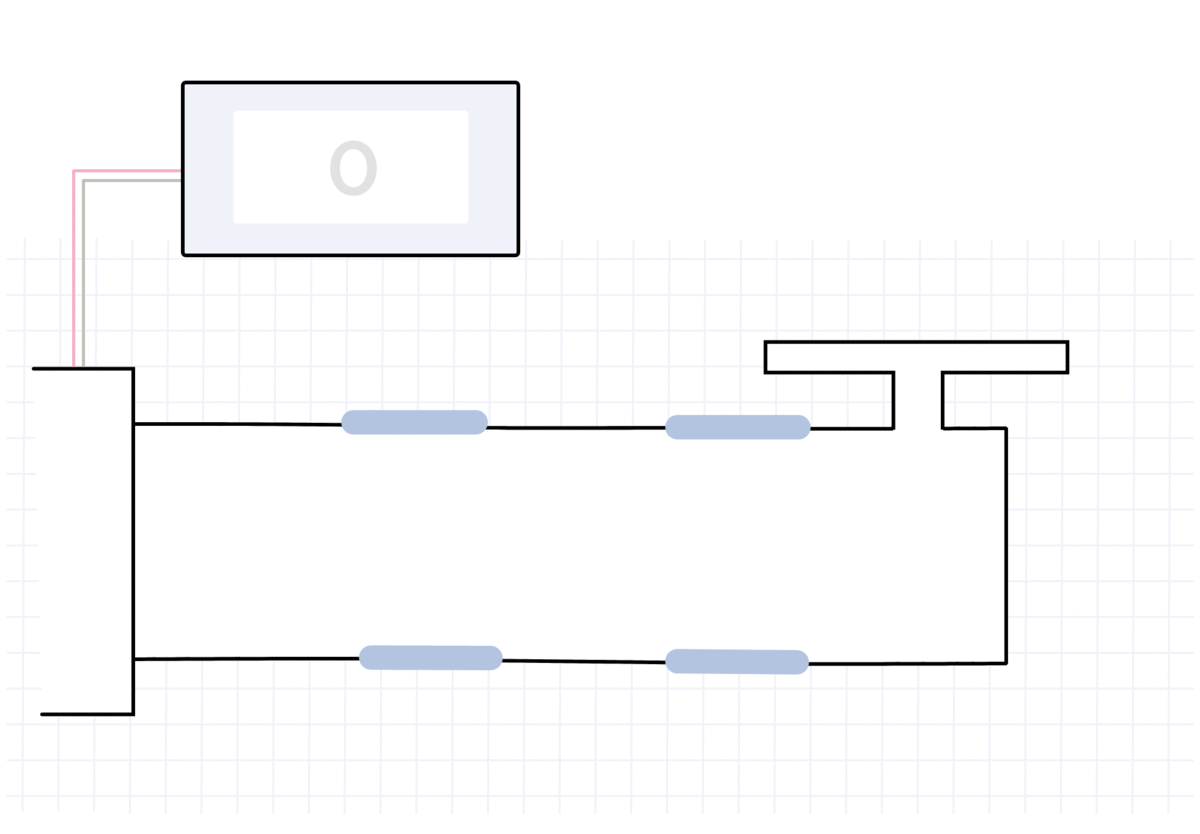For home scales accuracy, it’s important to ensure that you are weighing properly. We have several suggestions for getting the most accurate reading out of your scale.
Weight distribution
Make sure that when you step on the scale, your weight is distributed evenly. Try to keep the scale on a flat, hard surface. If the surface is not hard, use carpeted feet for example. Some premium scales are equipped with them by default. When you step on, space your feet evenly apart.
If you’re using a smart scale, it may show your on-screen prompts to guide your feet to the correct positions so you can center your weight easily.
Time of day
Keep the scale in the same place, and follow the same consistent weigh-in routine at least twice a week: at the same time and under the same conditions (naked, fasting...). Step on the scale at the same time each day, as weight fluctuations and changes in body composition measurements may occur throughout the day. If you’re frustrated by these fluctuations, consider checking your trends—say, over the course of a week—vs. individual numbers, to give you a more accurate idea of your progress.
Gravity matters
Did you know that gravity can affect your weight? Gravity can vary according to where you are on the globe, up to 1.3kg*. Some smart scales have a gravity compensation feature to ensure that you get the most accurate reading. They may also provide on-screen positioning guidance to ensure that your feet are placed correctly.
* Example: Weight = Mass*Gravitational acceleration. Mount Nevado Huascarán in Peru has the lowest gravitational acceleration, at 9.7639 m/s2, while the highest is at the surface of the Arctic Ocean, at 9.8337 m/s2. For random Mass=18, we would have: Weight=175.7kg (Mount Nevado Huascarán) or =177.0kg (in the Arctic Ocean). Difference of 1.3kg.






